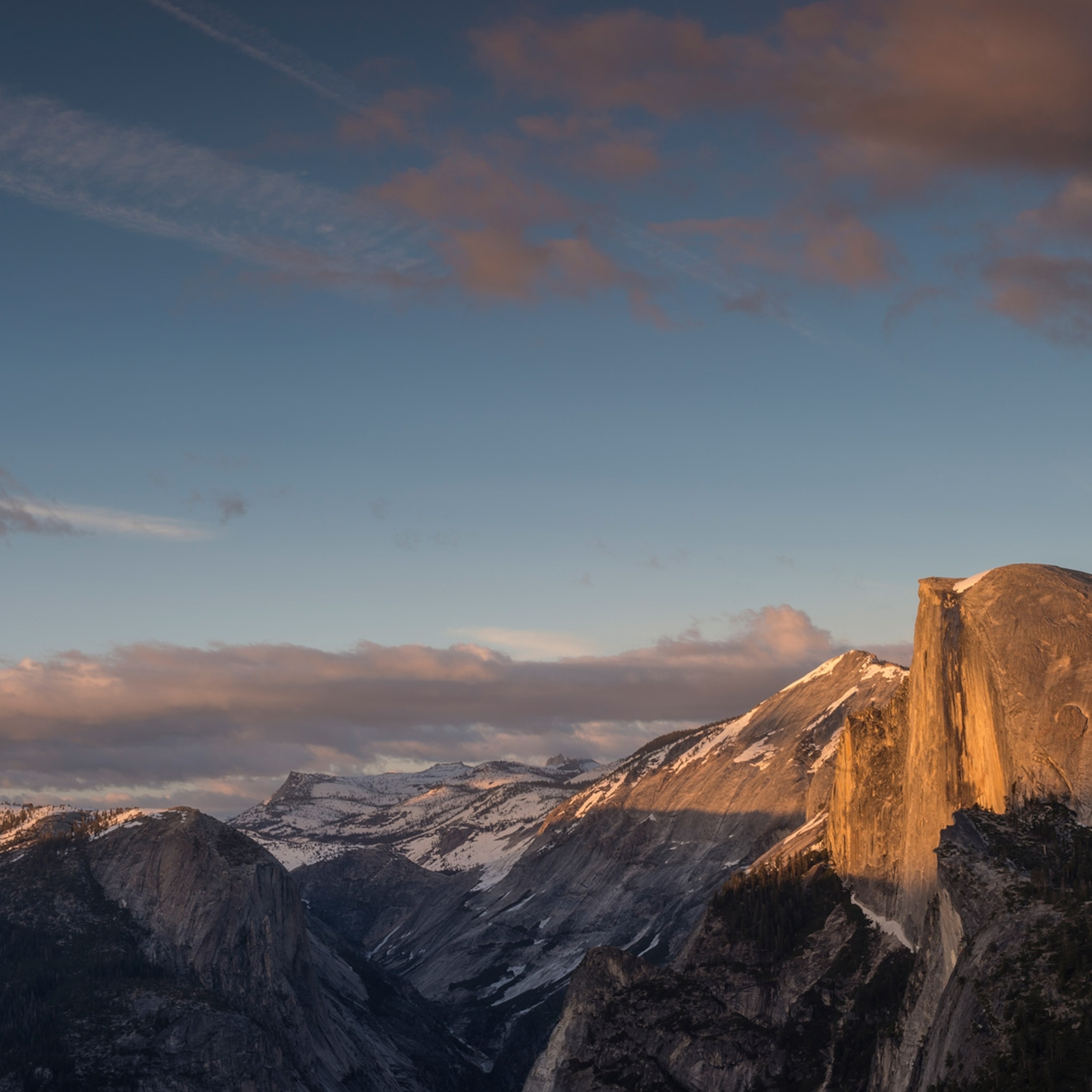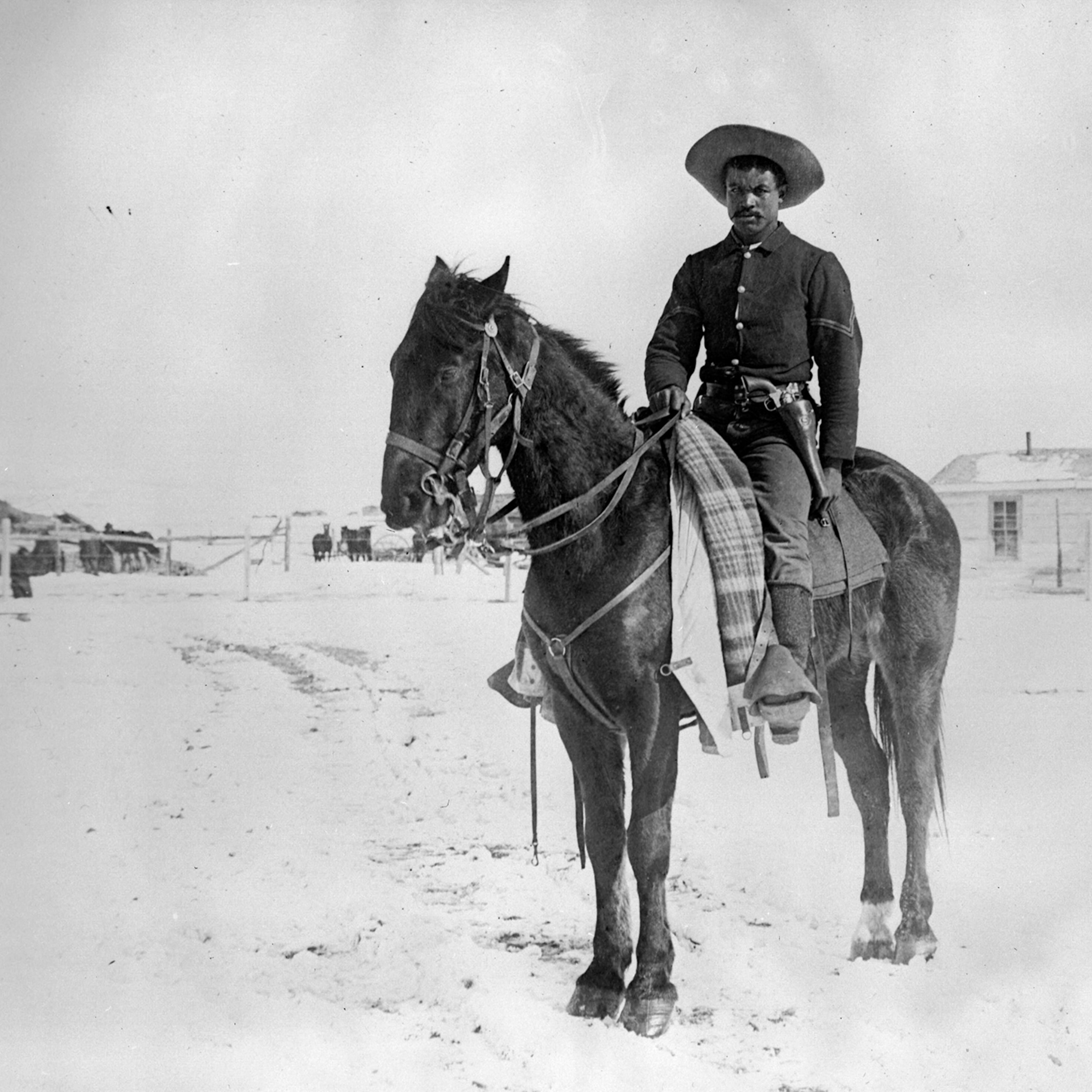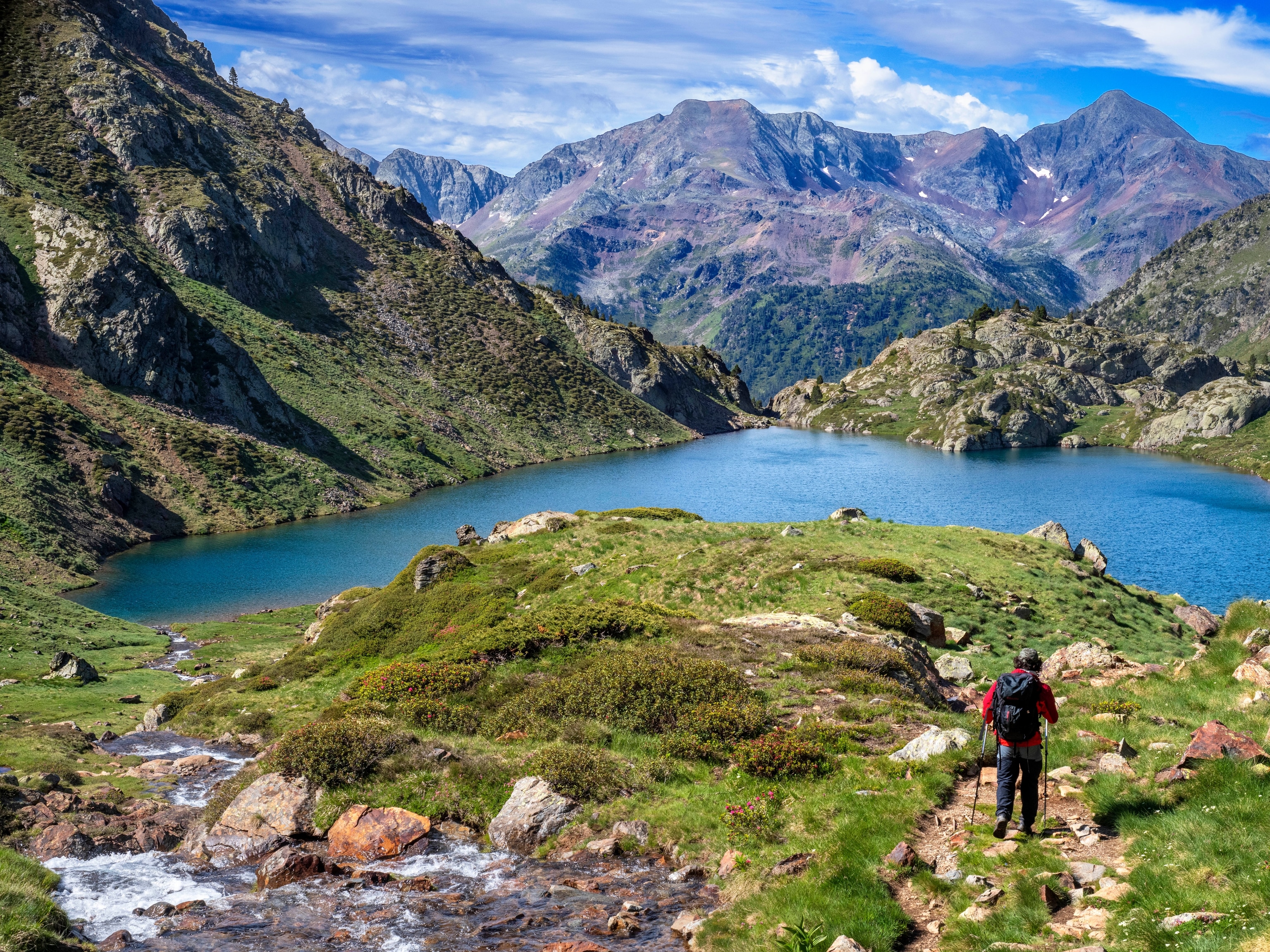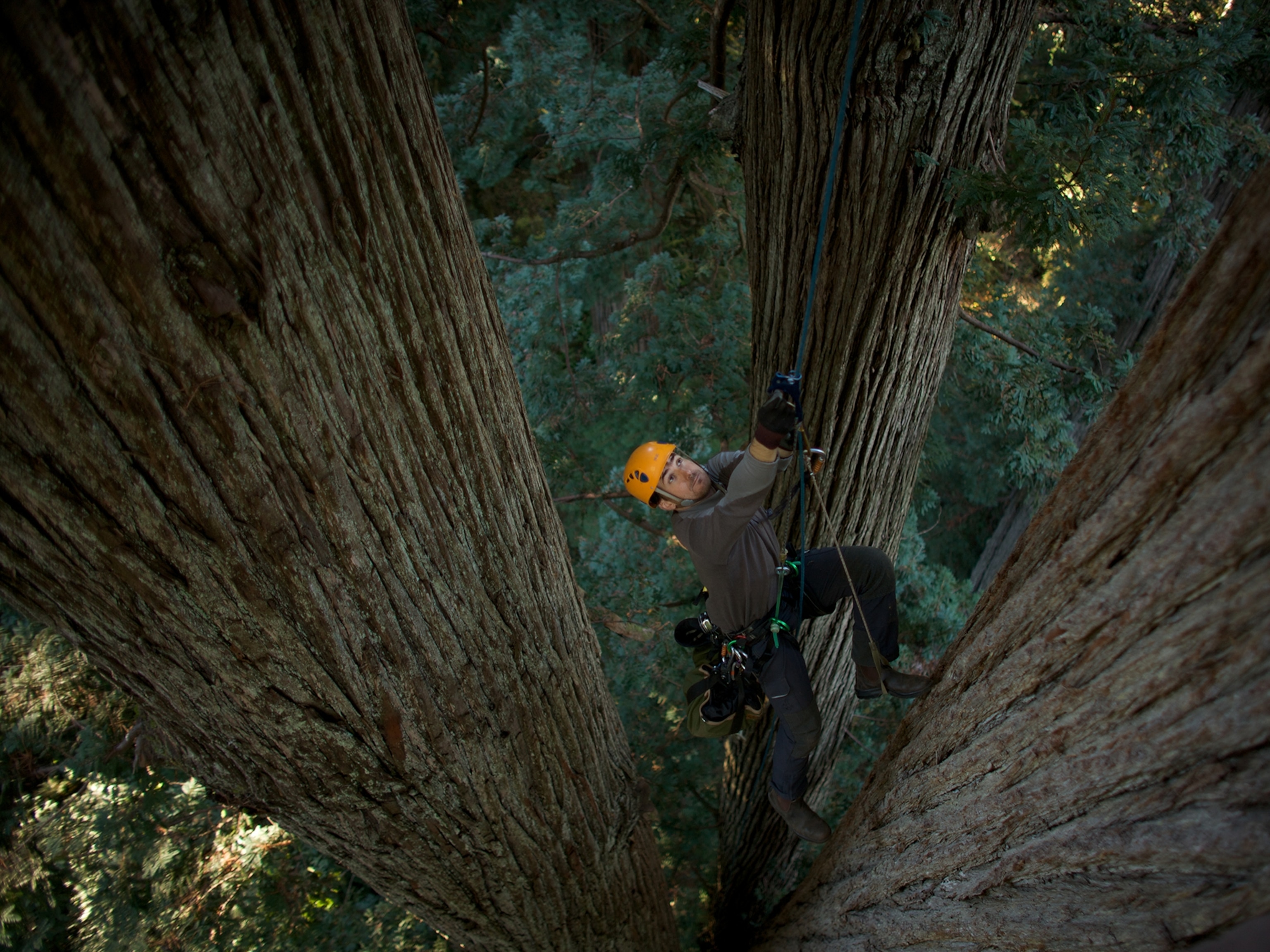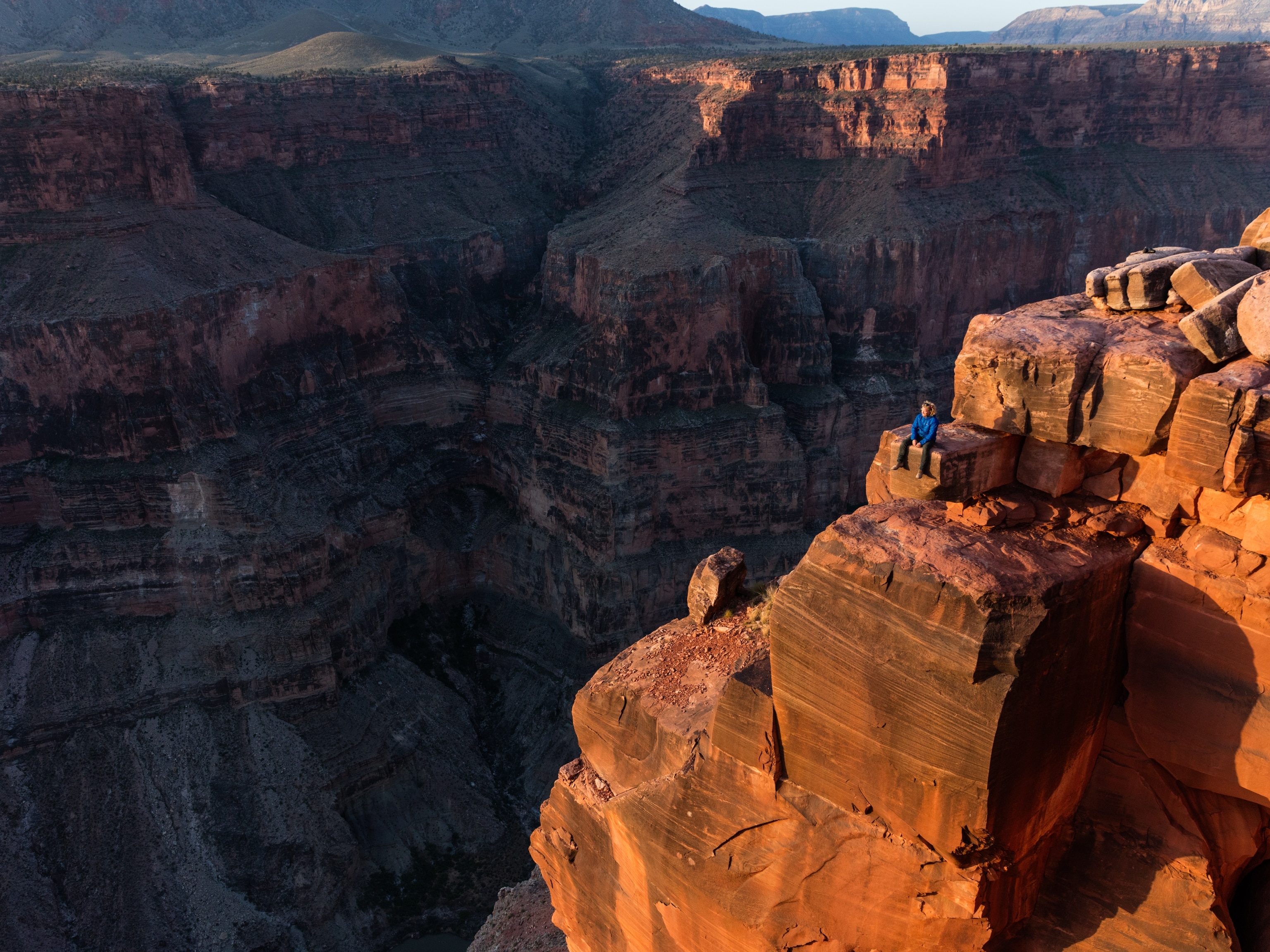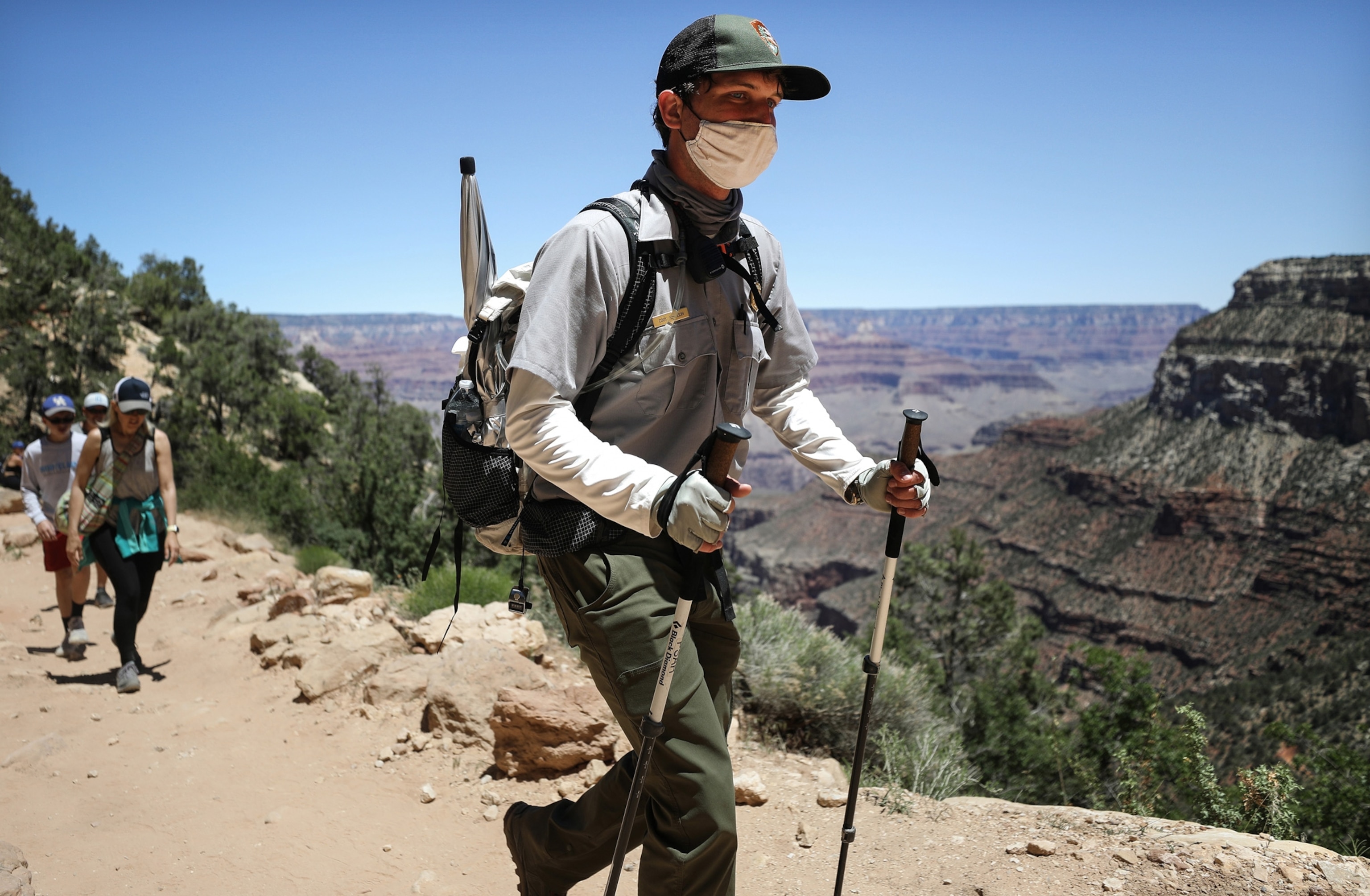
Summer at America’s national parks kicks off with long lines and crowded trails
Despite efforts to limit visitors, some national parks are getting slammed. So what’s next?
As summer settles in and national parks around the United States begin to reopen, park staff, small business owners, gateway communities, and Native American tribes are wondering how to cope with a surge of travelers eager to get outdoors.
Alberta Henry is one of them. Three years ago, Henry began renting tents and traditional Navajo hogans on her family’s ancestral land on the Navajo Nation, roughly 15 miles from Grand Canyon National Park. She wanted to support her family, provide jobs to her isolated community, and introduce park visitors to Navajo (Diné) culture.
This year, bookings were full—until COVID-19 struck. In March, with the virus spreading and national parks across the country shutting down, Henry was forced to cancel dozens of reservations. Then she, her husband, and two of their children tested positive for COVID-19. They were sick for a month.
Now, just as they’re starting to feel better, they must navigate the tricky business of welcoming outsiders back into their lives without jeopardizing the Navajo Nation, which has one of America’s highest infection rates with 4,944 cases and 159 deaths among a population of 174,000, as of May 28. “We want to reopen and start making money,” Henry said. “But I don’t want to get sick again. If it’s a slow process I’m okay with that, but I don’t want a whole bunch of people all at once.”
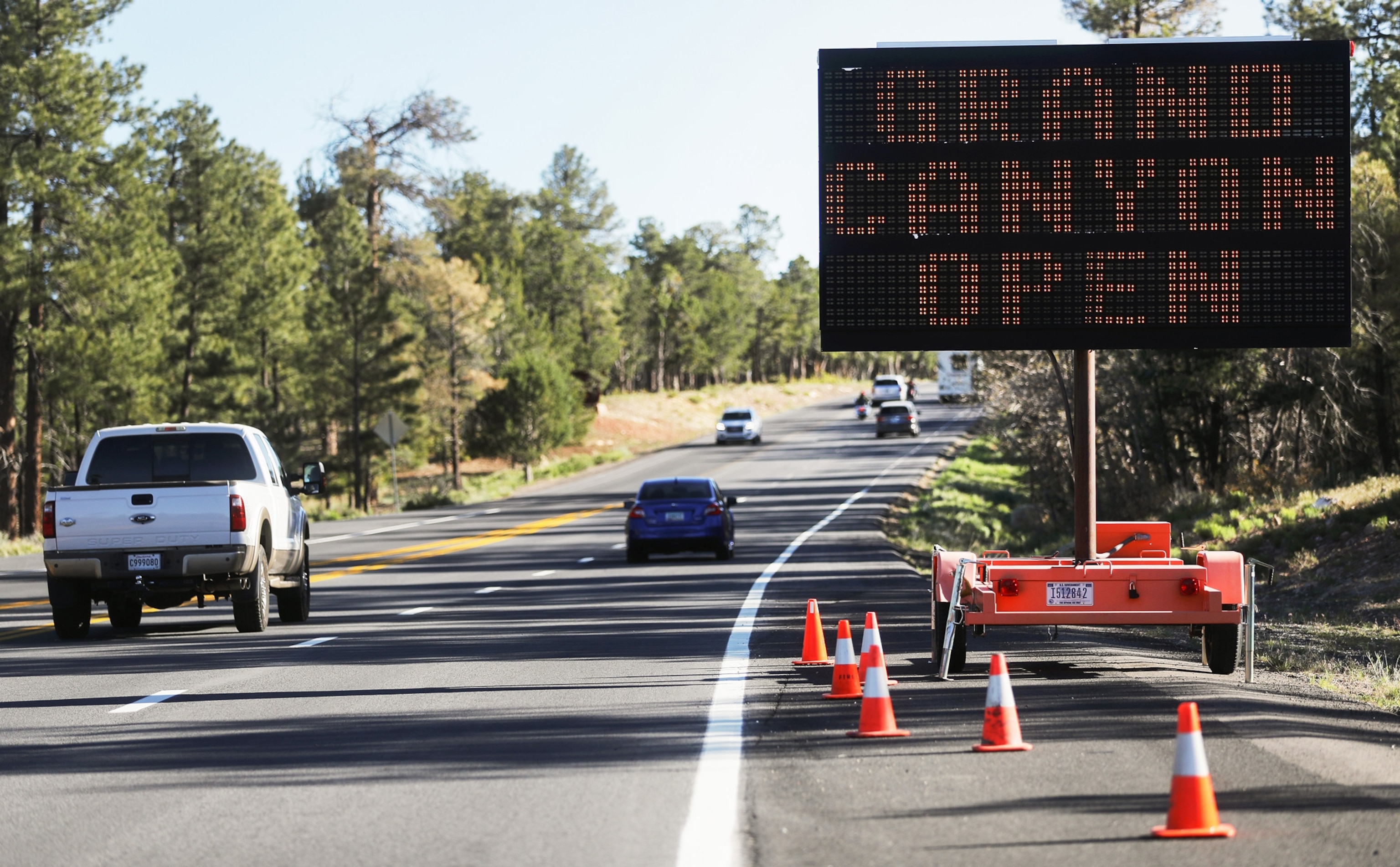
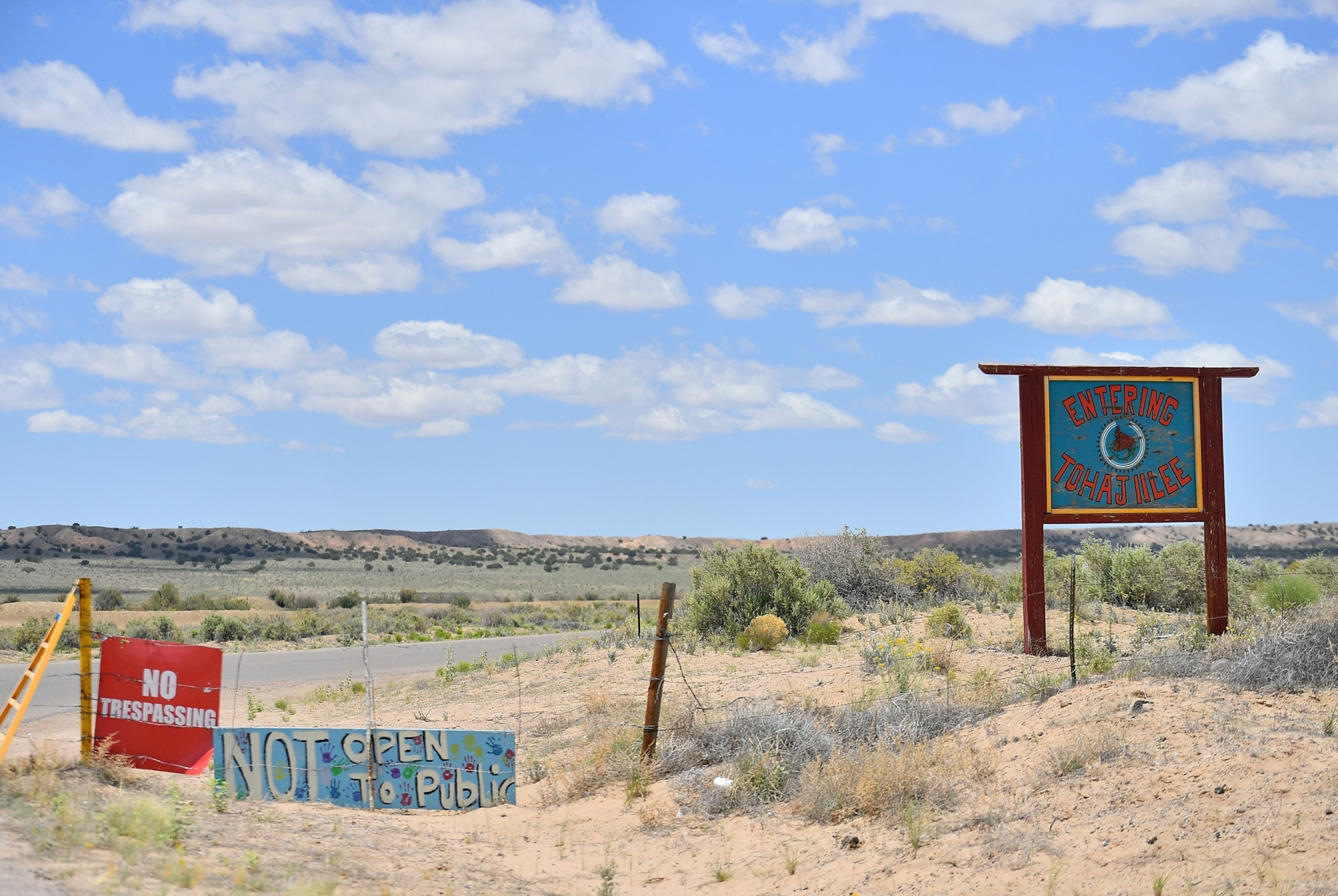
Crowded trails and packed parking lots
“A whole bunch of people all at once” is an apt description of the scene at many national parks over Memorial Day weekend.
Despite efforts by the National Park Service (NPS) to control crowds by limiting hours of entry and keeping some facilities and destinations closed, the unofficial kickoff to summer saw popular parks packed with people. Zion National Park in Utah was full and turning away visitors by 7 a.m. on Saturday; one visitor described the scene as “hectic.”
In Yellowstone, a person approached a bison and was injured, requiring emergency services. California’s Joshua Tree National Park was so packed that people were pitching tents on the side of the road and in day-use-only areas, according to local photographer Scott Klinger. Many of the license plates were from out of state, and Klinger said most people were not wearing masks or staying six feet apart on trails.
Another NPS employee, who asked to remain anonymous, said that parks are having an especially hard time managing the sudden crowds because they’re operating with skeleton crews. The Park Service’s budget has been slashed in recent years, leading many parks to depend on volunteers—many of whom are retirees who are choosing to stay home as the pandemic continues.
It wasn’t exactly the picture that President Trump painted last month when he called for national parks to reopen. “That’s going to be very exciting; we have a lot of land to open up, too,” he said during an Earth Day ceremony. “People are going to be very happy.”
Interior Secretary David Bernhardt added on Twitter that parks would “gradually reopen…in a safe manner.” But neither he nor the president offered clarity on how that would happen in places that still have state or local stay-at-home orders in place, or how park employees would be protected.
In fact, park supervisors received reopening guidance from the federal government only a few days before the busy Memorial Day weekend, according to internal documents obtained by the nonprofit National Parks Conservation Association and shared with National Geographic. The documents illustrate gaps in the Park Service’s plans. One gap, said Kristen Brengel, senior vice president of government affairs for NPCA, is that parks aren’t required to consult with nearby towns or tribal communities, even though those communities are directly impacted by reopening.
Another concern is that park service employees are not required to wear masks, even though they may interact with hundreds of people a day. Nor can they enforce mask-wearing or social distancing among visitors.
One Park Service ranger, who works a few hours from New York City, said that as visitor numbers ramp up, these inconsistencies are leading to potentially unsafe conditions. “It felt like our park was doing the bare minimum for safety,” she said. “I was in contact with visitors all afternoon, some with masks, some without, some visitors wanting to express to me that they don’t believe masks work. Even some of the park rangers weren’t wearing masks.”
The situation made her so uncomfortable that she’s considering quitting, even though that will mean losing her health insurance and being ineligible for unemployment benefits. “As a park ranger, I’m scared to be at work,” she said.
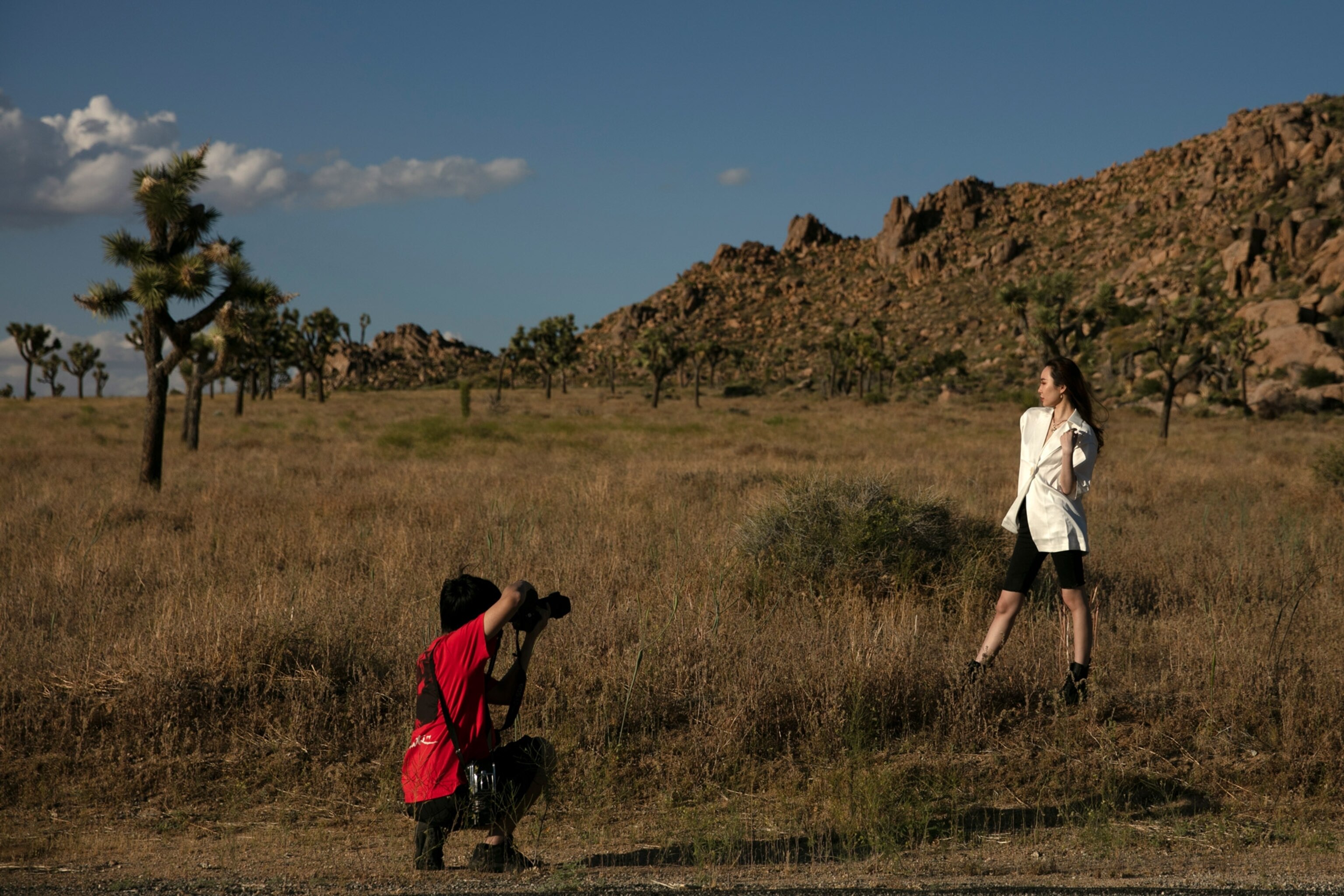
Shared responsibility
Despite these concerns—and questions of whether it’s premature to open parks at all—the Park Service is doing some things right. Rocky Mountain National Park is implementing a “timed entry” system to spread out crowds by giving people a specific time slot when they’re allowed to enter the park. Other parks may follow suit.
Yosemite, which plans to reopen in June, is among a number of parks limiting visitors to roughly half its typical capacity. Yellowstone has spent $135,000 on sanitation, protective gear, and educational signs. The Park Service is distributing masks and gloves to employees, albeit unevenly, and trying to educate visitors on safe practices: staying six feet apart, choosing parks close to home, and avoiding traveling long distances to get to a park.
(Related: Trespassing and vandalism abound at national parks that remain open during the pandemic.)
Some parks, like Yosemite, remain closed, while others were relatively quiet over Memorial Day weekend. A visitor from Big Cypress National Preserve in Florida said the park was practically empty, perhaps because of rain. A hiker in Washington’s Olympic National Park, where many roads remained closed, reported seeing few crowds. A ranger at Virginia’s George Washington Memorial Parkway, which connects trails around Washington, D.C. and is administered by the Park Service, said that the people he saw hiking were mostly in small groups spaced well apart.
Still, some parks just aren’t set up for social distancing. It’s nearly impossible to stay six feet apart on the boardwalks around Yellowstone’s geysers, for example, or the narrow hiking trails in Zion. That means that the responsibility to stay safe falls both to parks and individual travelers. “It’s really important for visitors to go online and check the park’s website before they go so they can make sure they’re prepared,” Brengel said. “If a park is going to be too crowded or a trail is closed, they should have a plan B.”
Having a backup plan—such as visiting a less-busy national forest—is one of the recommendations of the new #RecreateResponsibly initiative, a collaboration between nonprofits, outdoor businesses, and land managers. Other recommendations include adventuring with members of your household; choosing low-risk activities to decrease the chances of needing already-strained emergency services, such as hiking instead of rock climbing; and being self-sufficient, such as packing your own lunch instead of counting on a park restaurant to be open. The #RecreateResponsibly initiative emphasizes staying close to home, because non-essential travel is still discouraged by the nation’s top health officials.
Mixed messages
Perhaps nowhere is the disconnect between local concerns and parks’ reopening more stark than in the Native American communities that abut national parks. Most people who visit Grand Canyon National Park, for instance, have to drive through the Navajo Nation, where curfews remain in place to help battle the reservation’s high COVID-19 infection rate. Navajo Nation president Jonathan Nez reportedly asked Secretary Bernhardt to delay opening the Grand Canyon to help protect people on the reservation, to no avail.
(Related: Disputes over protected land still rage in the American West. So whose land is it?)
Katie Boué, an outdoor advocate who worked on the #RecreateResponsibly initiative, says it’s up to individual travelers to respect tribes’ decisions to keep outsiders at bay. “I am not going to be traveling to or through the Navajo Nation or any nearby indigenous communities for the foreseeable future,” she said.
Alberta Henry appreciates conscientious travelers like Boué. But when the Navajo Nation lifts its lockdown orders, possibly in June, Henry and her family will be ready to invite tourists back into their lives. They’ll continue to follow the tribal government’s orders, and space out reservations to give themselves plenty of time between guests to sanitize tents and hogans.
“People are already calling to book for June,” Henry said. “We’ve got to be prepared for that—and try to protect ourselves.”
